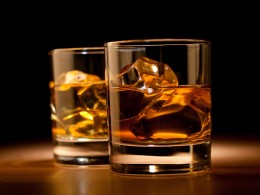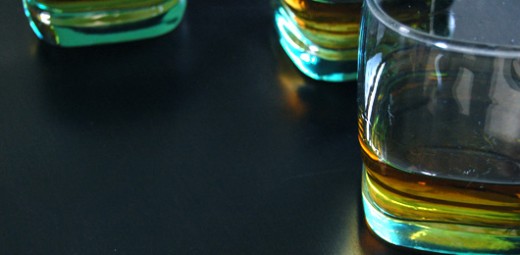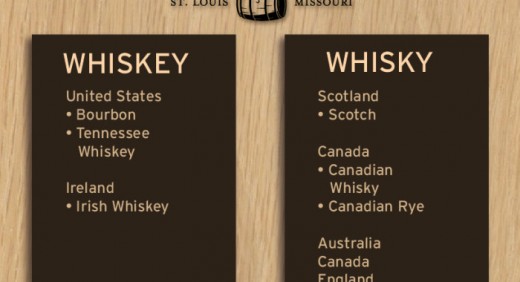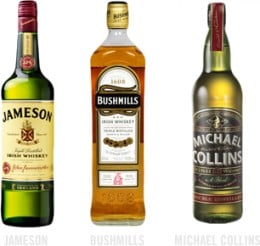A Beginner's Guide to Whisky - Part 1 - Irish Whiskey and its Origins

Whisky is traditionally seen as something of a "man’s drink". But who doesn't enjoy a tumbler full of a drink that's both sophisticated and rugged.
Whether served neat or with one hard cube, a splash of water, diluted with a mixer or in a cocktail, there is no better drink than whisky…
Whiskies, just like wines, have the ability to represent a "terroir".Terroir is a French word, with no exact English translation. It refers to the ability of the crop to express characteristics of the physical (soil, geography, climate) and the metaphysical (historical and spiritual) territory of which they were harvested in the finished product.
Simply put, when you drink a well-crafted Scotch it will taste uniquely like Scotland. Likewise, whiskys produced in other countries should have the flavor of their country of origin.

Whisky vs. Whiskey
Okay, let's get this out of the way.
What's the correct spelling? Well...both.
Scotch, Canadian, and Japanese whiskies have no "e", whereas American and Irish do. The reason for this is not certain, but there are a number of theories. "Whisky" is the original spelling - the bastardisation of the Gaelic "uisce beatha" meaning “water of life”. American and Irish distillers later adopted “whiskey,” with the extra “e”, for reasons unknown, though it has been suggested it was to signify quality.

The Basic Process
The recipe for whisky production, generally speaking, involves the three steps of fermentation, distillation and ageing. It begins with the fermentation of grain – it is always grain, whether barley, corn, or rye – then the distillation of the mixture in a still, followed by prolonged ageing in wooden barrels.

Origins of Whiskey
Although there is disagreement on exactly when distillation arrived in Ireland, most scholars agree that the Irish beat the Scots to the punch of whiskey production by a few hundred years.
It is believed that monks began distilling an ethanol solution for medical compounds when arriving in Ireland in the 7th century. This was likely fruit-based in the beginning, but by the 13th century the Irish were producing distillates from grains and ageing them in oak for prolonged periods of time.
The result was a yellow to dark orange alcohol that embodied flavours of earth and dried fruit. Hence whiskey was born. From there, the spirit made its way to Scotland and around the world.
Unfortunately for Ireland, economic and political turmoil dating back to the early 1800's has left them with a lot ground to recover - Scotch is now far more prevalent, and Irish whiskey has taken a back seat globally. Nevertheless, they still make it, so that is where we shall begin our journey through the world of whisky.

Ireland:
Once the most common whiskey in the world, now only a few distilleries remain. Despite only encompassing 3 distilleries to Scotland’s 90, Irish whiskey continues to find its appreciators. And rightly so.
Unlike Scotch, Irish whiskeys usually bypass the incorporation of peat; instead, the malt in Irish whiskey is dried in kilns, resulting in a smoother, lighter spirit that’s easy on the palate. They tend to be distilled three times and require at least 3 years ageing.
- Grains: Barley, Malted-Barley, Corn
- Age: Minimum 3 Years
- Styles: Single Malt, Blended, Single Grain
What next?
I hope you enjoyed this guide to the Irish whiskey and its origins. If you did, you may be interested in the other articles that make up this guide:
- Part 2 - American Whiskey and Bourbon
- Part 3 - Canadian and Japanese Whisky
- Part 4 - Scottish Whisky (Scotch)
As always, thank you for reading, and please feel free to leave a comment below.








